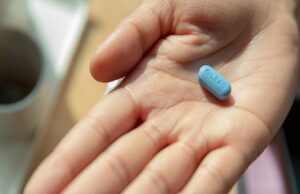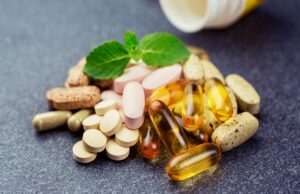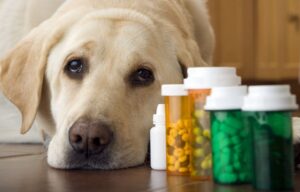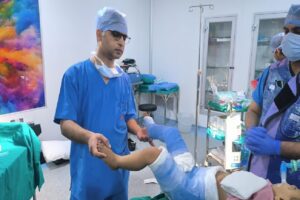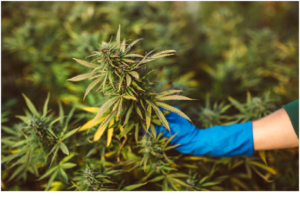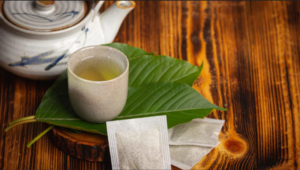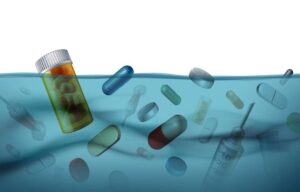Pharmaceutical Contamination Causes And Preventive Measures
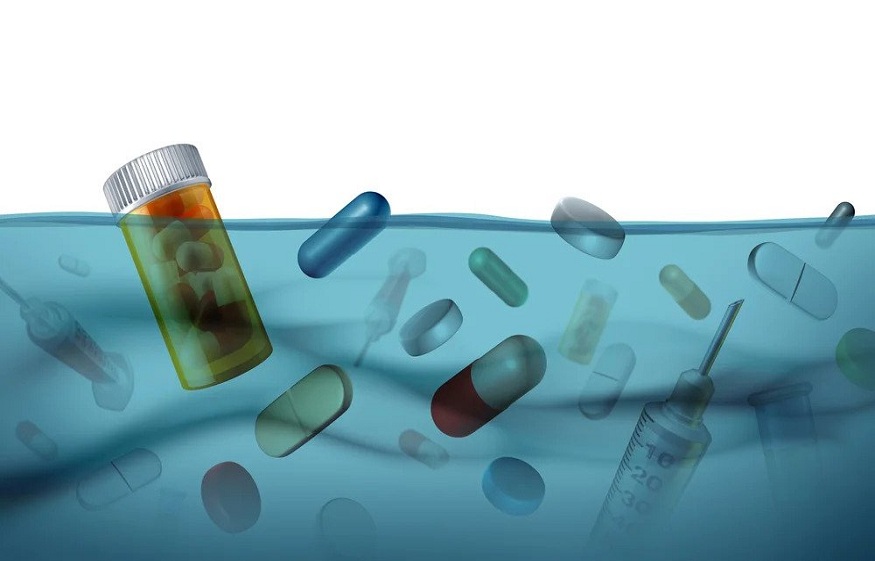
Pharmaceutical manufacturing faces significant obstacles related to contamination, which can have serious implications for public health. This article explores the primary sources of contamination and presents effective strategies to minimize these risks.
One of the leading causes of contamination in pharmaceutical production is insufficient microbiological safety measures. Facilities that process hazardous substances—including chemical compounds, biological materials, pathogens, or radioactive elements—are particularly vulnerable to contamination concerns.
Human error is another prevalent factor, often resulting from improper equipment upkeep, inadequate employee training, poor material handling procedures, malfunctioning air filtration systems, or mistakes in key production phases such as formulation and mixing.
Conducting a pharmaceutical feasibility study is a crucial step in identifying weak points within manufacturing processes and equipment. These evaluations pinpoint areas in need of improvement and facilitate targeted testing to ensure affected zones are thoroughly decontaminated and restored to regulatory standards.
After contamination issues are resolved, reinforcing safety protocols becomes essential. This may involve modernizing equipment, enhancing employee training programs, improving material handling techniques, or redesigning the facility’s layout for better contamination control. Regular risk assessments are also necessary to sustain a contamination-free environment over time.
For further guidance and additional contamination prevention strategies, refer to the resource provided below.

